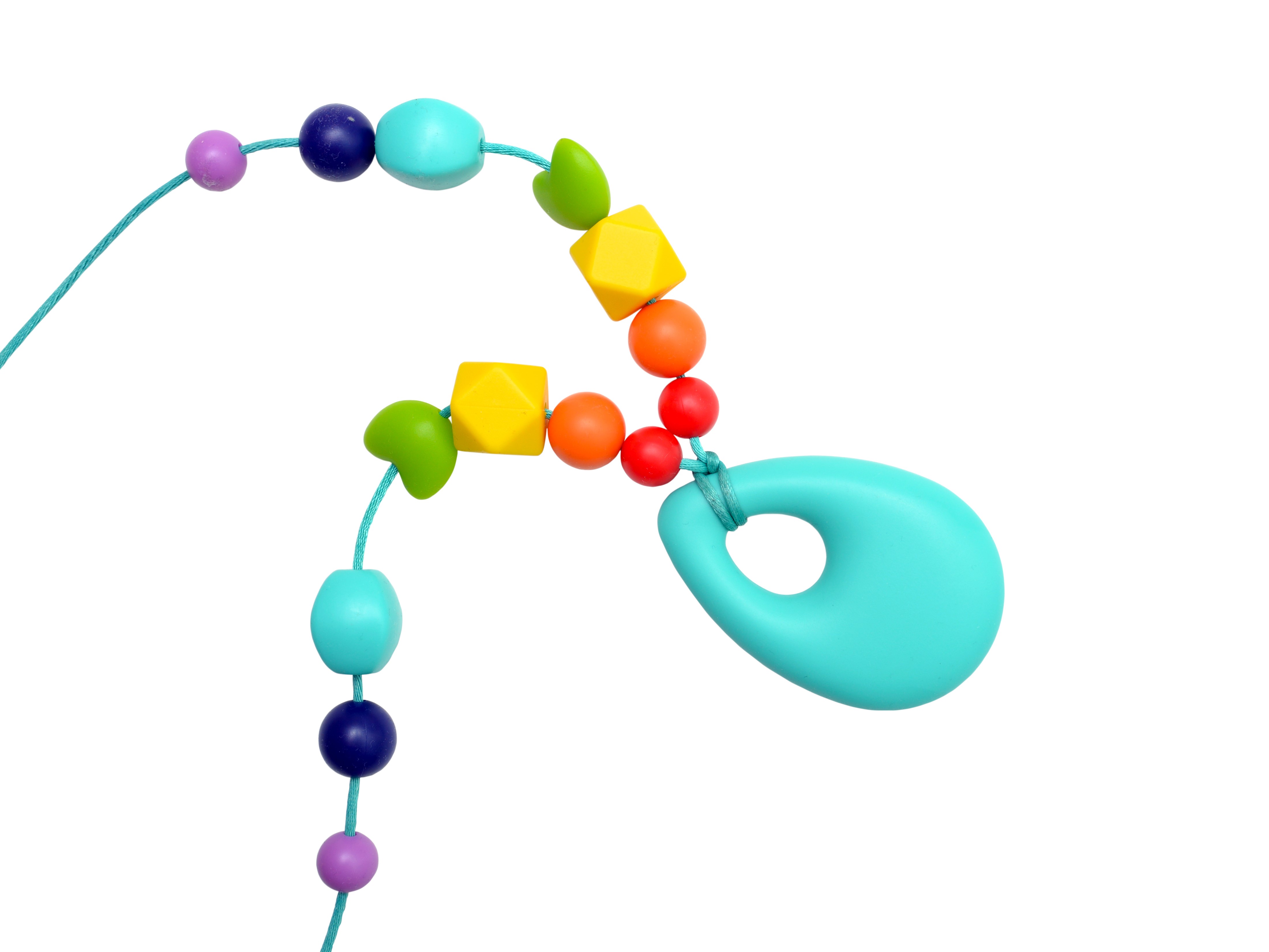
The Food and Drug Administration (FDA) is advising parents, caretakers, and health care providers to stay away from teething necklaces, bracelets, and all other jewelry.
On Thursday, the FDA issued a report stating that teething jewelry — which is often marketed to relieve an infant’s mouth pain — posed a potentially deadly threat to children. They are now recommending parents opt for teething rings instead.
According to the FDA, an 18-month-old was tragically strangled to death by his amber teething necklace as he napped. While specifics of the incident are currently unclear, the FDA said strangulation can happen “if a necklace is wrapped too tightly around the child’s neck or if the necklace catches on an object such as a crib.”
Another child, who was fortunately under parental supervision, choked on the beads of a wooden teething bracelet.
The 7-month-old was immediately taken to the hospital as a precaution but luckily survived, the FDA said.In addition to strangulation and choking, the FDA says other concerns may include potential injury to the mouth, or infection if a piece of the jewelry irritates or pierces the child’s gums.
Teething jewelry often comes in various forms (necklaces, bracelets or anklets) and materials (amber, wood, marble or silicone) and can be worn by either an adult or child. Sometimes, people with special needs including autism or ADHD use the teething tools to aid with their sensory stimulation or redirect chewing on clothes or body parts.
Because teething jewelry is so common with parents, many of them do not realize the danger it can pose to infants, according to FDA Commissioner Scott Gottlieb.
“We know that teething necklaces and jewelry products have become increasingly popular among parents and caregivers who want to provide relief for children’s teething pain and sensory stimulation for children with special needs,” Gottlieb said in a release.
“We’re concerned about the risks we’ve observed with these products and want parents to be aware that teething jewelry puts children, including those with special needs, at risk of serious injury and death,” he continued.
“Consumers should consider following the American Academy of Pediatrics’ recommendations of alternative ways for treating teething pain, such as rubbing inflamed gums with a clean finger or using a teething ring made of firm rubber.”
“Given the breadth of the market for these teething necklaces and jewelry, we’re sharing this important safety information directly to consumers in order to help prevent injuries in infants and kids,” he finished.
In order to prevent those incidents from happening, the FDA is now encouraging parents to carefully monitor and/or completely avoid the jewelry.
They also suggest that parents avoid teething creams and numbing gels, sprays, and ointments for children that are younger than 2-years-old.
Benzocaine, an ingredient in the numbing gels, can cause a rare condition called methemoglobinemia. Symptoms of methemoglobinemia include shortness of breath, blue, gray or pale skin color, dizziness, fatigue, and rapid heart rate.
The condition which reduces the amount of oxygen carried through the blood can be fatal, according to the FDA.


